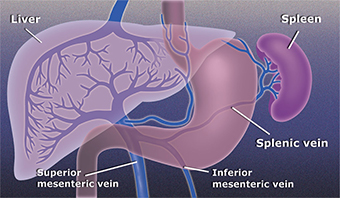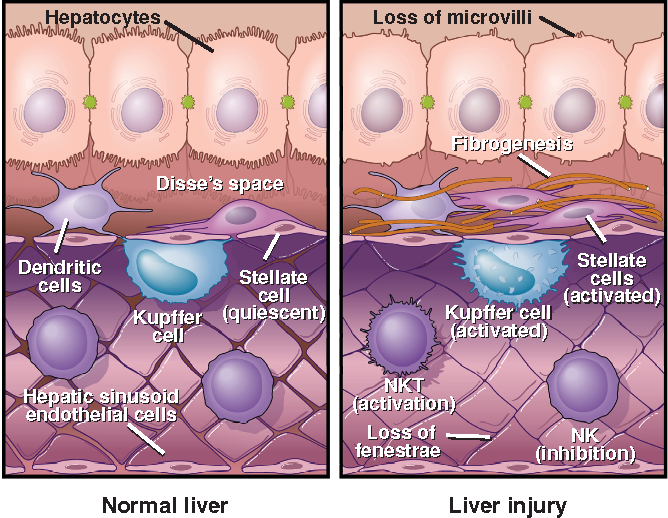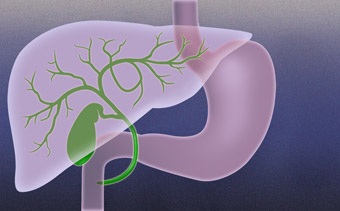Evaluating Liver Test Abnormalities
Understanding the Pathophysiology of Liver Disease
for Health Care Providers
The Normal Liver
Portal Venous System
The liver is the largest solid organ in the body. It is highly vascularized, receiving approximately 25% of cardiac output via the systemic circulation (hepatic artery). It also receives venous drainage from the bowel via the splanchnic circulation (portal vein). The venous outflow tract of the liver is the hepatic vein, which drains into the inferior vena cava. Portal venules and hepatic arterioles traverse the liver in a parallel fashion, with terminal branches ending in portal tracts which also contain terminal bile ducts. The portal tracts are also referred to as 'portal triads' (containing an hepatic arteriole, a portal venule and a bile ductule).

Liver Parenchyma
The liver parenchyma is mostly comprised by liver cells (hepatocytes). The major supporting cells are Kupffer cells and stellate cells. Kupffer cells are the resident mononuclear phagocytes. In quiescent state, the stellate cells are responsible for vitamin A storage and metabolism. Activated stellate cells acquire characteristics of collagen-producing myofibroblasts and are responsible for the production of fibrous tissue. (Image from: Comprehensive Physiology 2013. Kupffer cells in the liver. Laura J. Dixon, Mark Barnes, Hui Tang, Michele T Pritchard, Laura E Nagy.)

Bilary System
Hepatocytes produce and secret bile components into the bile canaliculus, a channel formed by grooves on the plasma membrane of opposing hepatocytes. Biliary fluid subsequently drains into bile ductules, terminal bile ducts and exits the liver via intrahepatic bile ducts that form extrahepatic bile ducts that connect with the gut.

